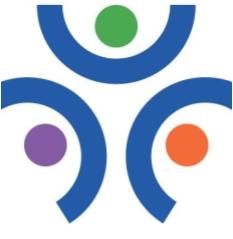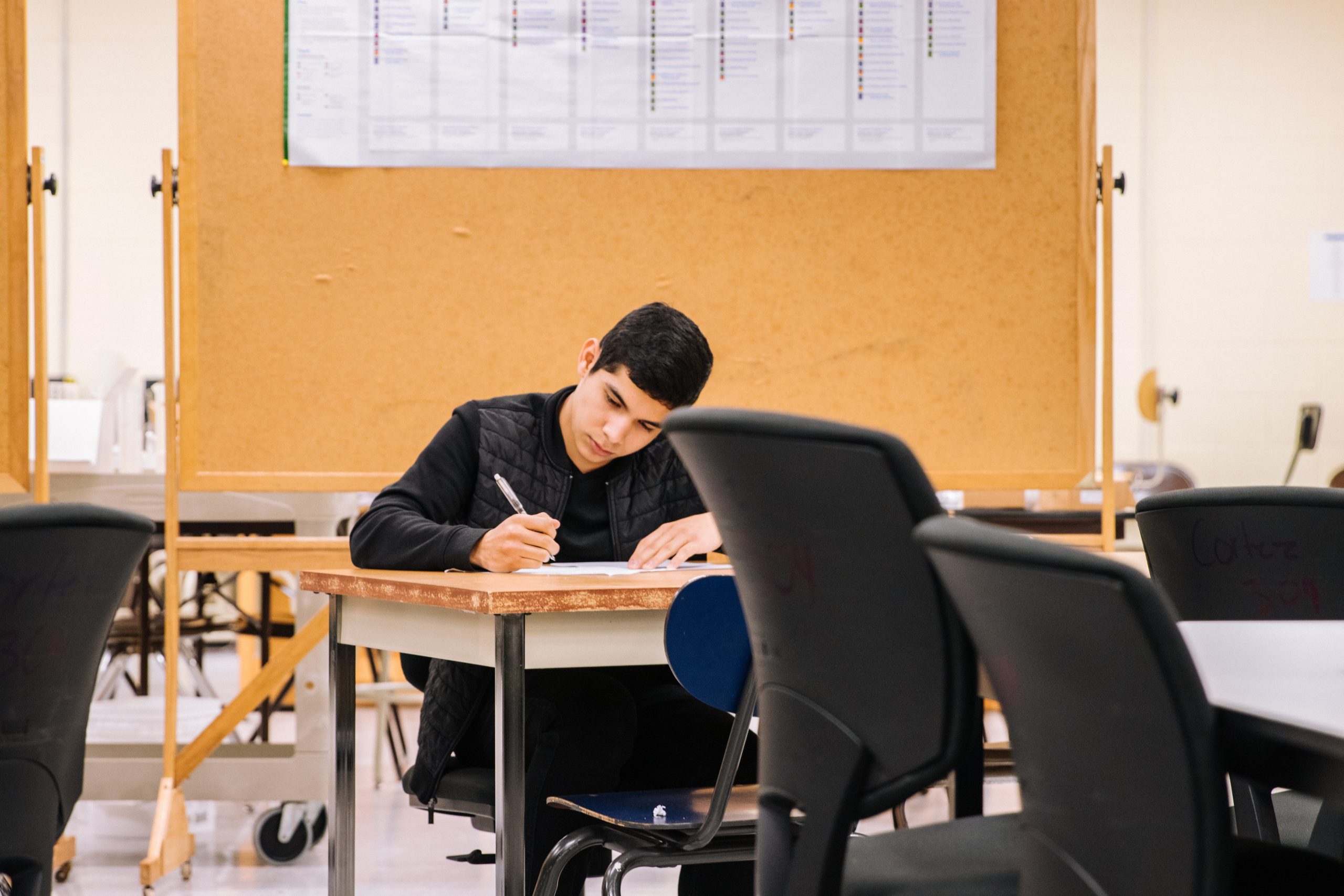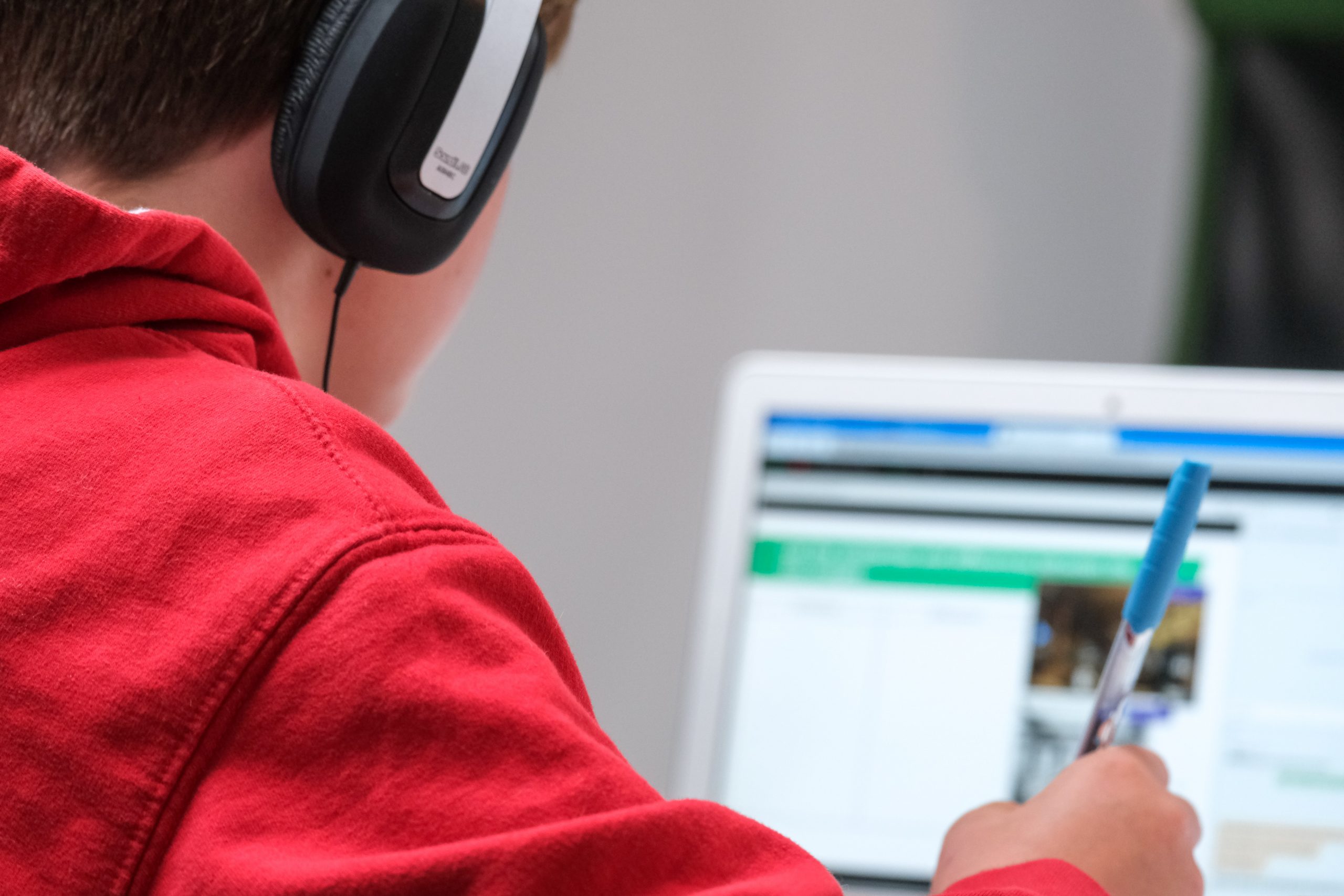If you spend any time around children, neurodiverse or otherwise, you will quickly find that brain breaks will considerably improve their academic performance. Even in traditional education, educators are beginning to recognize the strong benefits of scheduled breaks that allow students to shift their focus to a new activity.
It could be argued that some examples of ADD symptoms result from teachers not implementing this neurobiological hack into their curriculum. Without brain breaks incorporated into the school day, educators have reported inattentive students and disruptive behavior roughly 20 minutes into a lesson.
Over the past decade, a lot of research has revealed that brain breaks facilitate academic success by helping with cognition, memory, recall, divergent thinking, creativity, and even social skills. They have been said to increase emotional and psychological wellness, too, by providing a balance between work and rest.
Sudden Disruptions
Classroom learning in public school often involves very sharp and abrupt transitions from one area of focus to another. We all remember the bleary, tired silence of the math lesson that seemed to drag on. The reason for this isn’t simply that the subject matter is boring, necessarily: it’s mentally challenging, and so it can be a lot for the brain to process. Brain breaks mitigate the neurological stress and overload caused by lengthy and difficult lessons.
In order for students to effectively transfer what they have learned to the memory storage regions of the brain, signals must move swiftly down sensory “information highways” and become encoded into their long-term memory. New information starts out in the amygdala, which controls emotion, and must be transferred to the prefrontal cortex in order to be sustained.
Seamless Transitions
When two much information floods the amygdala, it becomes much harder for the most valuable information to reach the prefrontal cortex. For a student already prone to emotional overload (this is very common in dyslexia and ADD), this is understandably a stressful experience leading to more anxiety and learning guilt.
After an information-heavy lesson, a brain break allows the information pathway to reach its resting state and help the student feel calmer and more focused. This inevitably bolsters mood, attention, memory, and morale.
In a non-traditional classroom where holistic, scientifically proven strategies for effective encoding are embraced, your child with learning differences can thrive. LMA fosters an inclusive, healthy, and supportive environment for students who have struggled to reach their highest potential in the classroom.






